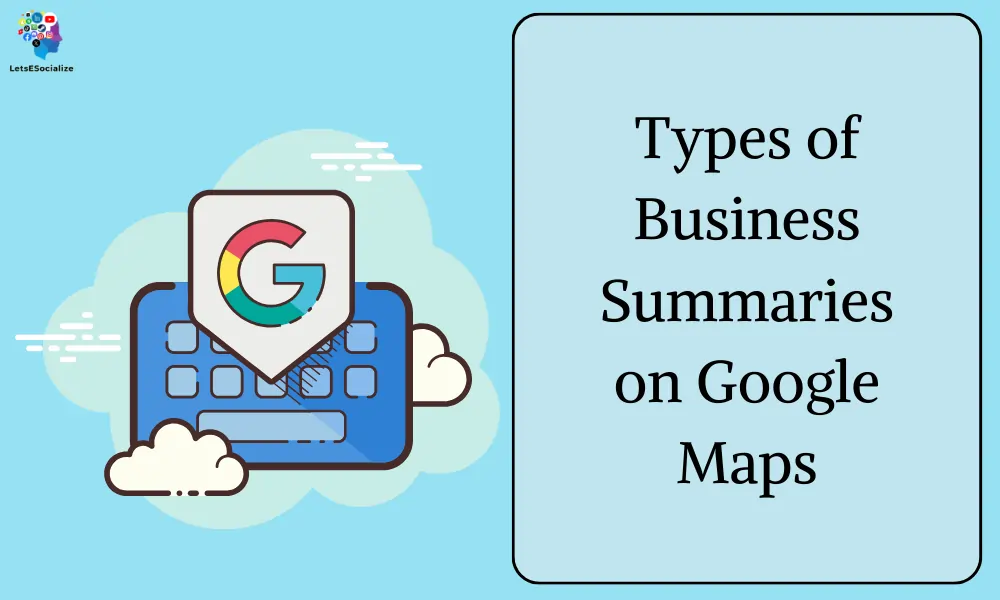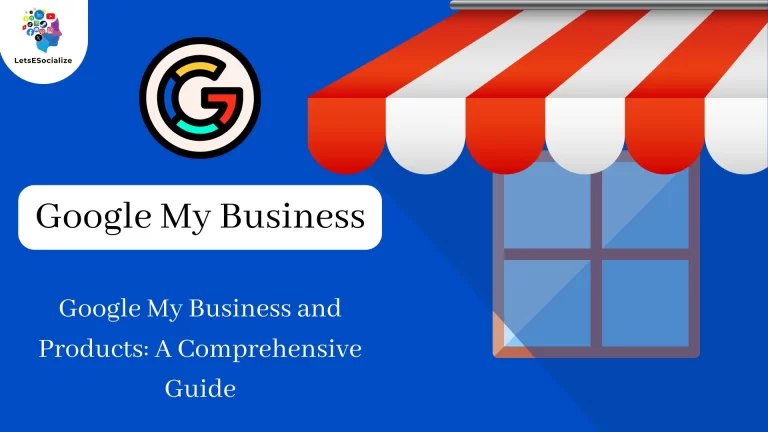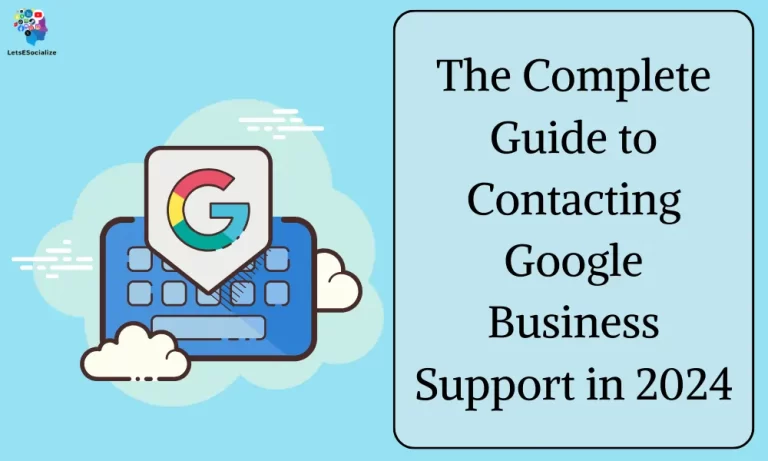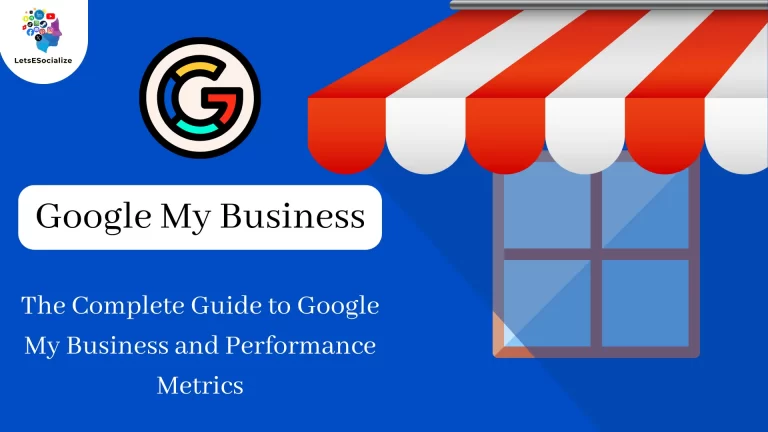Types of Business Summaries on Google Maps, Google Maps has become an indispensable tool for finding and learning about local businesses. As a business owner, you want to make sure your business listings on Google Maps are optimized to attract customers. One key element is the business summary – the short descriptive snippets about your business that show up on the map.
A few different types of business summaries can appear on Google Maps. Understanding the differences can help you better manage your listings and summaries to stand out. In this comprehensive guide, we’ll cover the three main types of Google Maps business summaries and how to get the most out of each.
Table of Contents
The Three Main Types of Business Summaries
1. Website Descriptions
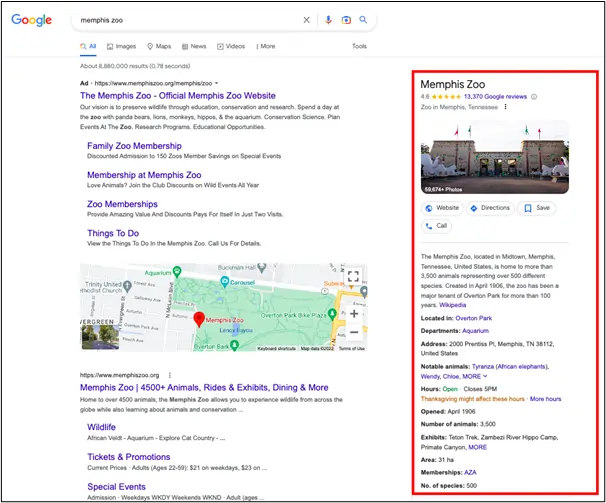
The website description is a short summary of a business pulled automatically from the company’s website. This snippet is usually a paragraph or two and includes a brief overview of the business offerings, products/services, mission, history, or value proposition.
For example, a restaurant’s website description might say:
“Serving fresh, authentic Italian cuisine since 2005. Our cozy trattoria features handmade pasta, wood-fired pizzas, and an extensive wine list. Dine-in or order takeout from our location downtown.”
To optimize your website description:
- Include a meta description tag on each page of your site to guide Google’s summary. This is the best way to control the wording.
- Use concise, compelling descriptions tailored to your business. Emphasize what makes you unique.
- Keep important keywords related to your business, offerings, and location. This helps visitors find you in local searches.
- Limit to 150-320 characters including spaces. Google will truncate longer meta descriptions.
- Review how your description looks on Google and update your meta descriptions if needed for improvement.
Also Read – How to Set Up and Optimize Google My Business [2024]
2. Posted Descriptions
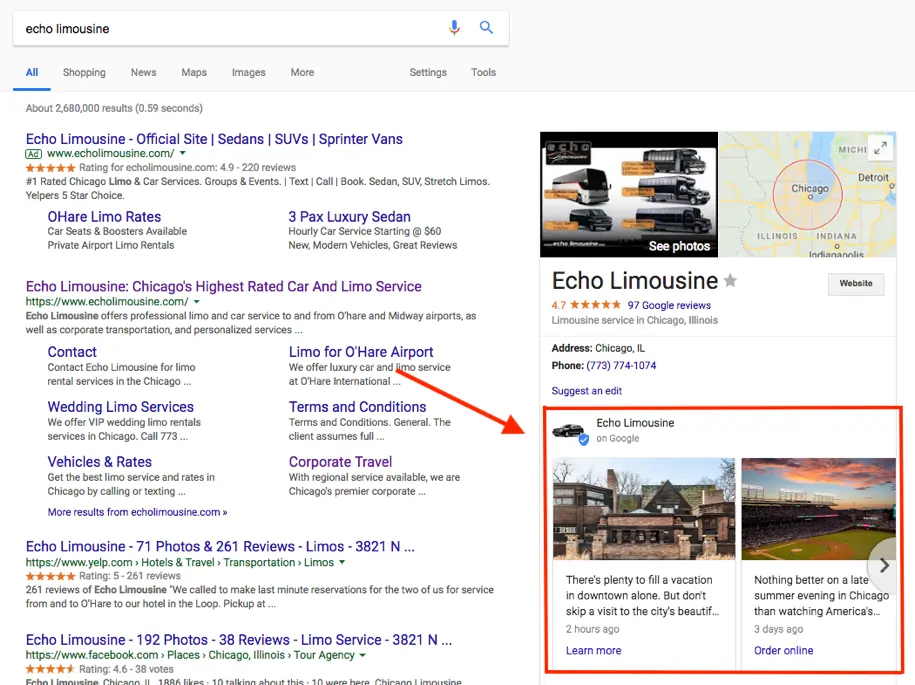
The posted description is a summary you manually add to your Google My Business listing. This gives you direct control over how your business is described on Google Maps.
Posted descriptions have a 200-character limit. You can include details like:
- Type of business or offerings
- Mission or brand positioning
- Years in business or founding story
- Key features or differentiators
For example:
“Family-owned Mexican eatery since 1981. Famous for our tasty tacos made with hand-pressed tortillas. Outdoor patio seating available.”
Tips for optimizing your posted description:
- Use all 200 characters – take advantage of the space to be descriptive.
- Focus on what makes your business unique and relevant keywords.
- Tailor to your target audience and location.
- Craft an appealing, concise overview showcasing your best attributes.
- Review regularly and update to keep it fresh and accurate.
3. Customer Review Snippets
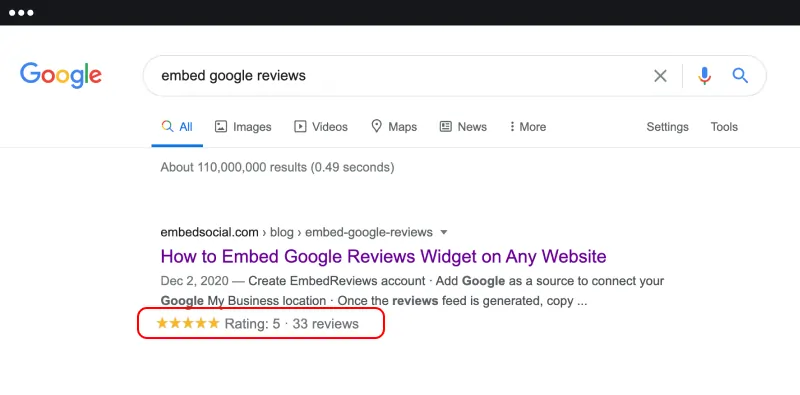
Google pulls short excerpts from customer reviews on your GMB listing to showcase your reputation. These snippets give potential customers a glimpse into others’ experiences.
For example:
“The pizza here is absolutely delicious! So many great toppings to choose from and made fresh.”
“Love this place. Friendly staff and an amazing selection of craft beers on tap.”
To optimize review snippets:
- Encourage genuine reviews on GMB listing from happy customers.
- Respond professionally to all reviews, positive and negative. This shows you value feedback.
- Monitor snippets regularly and flag inappropriate or irrelevant reviews.
- Highlight key themes like great service, quality, or expertise that reinforce your brand.
Best Practices For All Summary Types
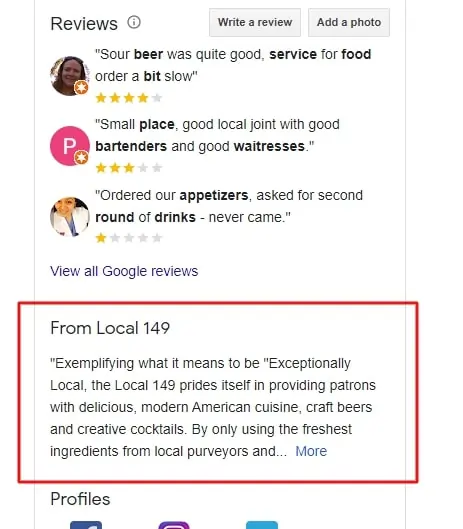
- Keep descriptions consistent across the website, posted, and reviews for a cohesive brand image.
- Localize content with city name, region, neighborhood, etc.
- Avoid excessive use of keywords. Write for humans first, SEO second.
- Use calls-to-action to encourage clicks to your website or in-store visits.
- Periodically refresh summaries with updated offerings, awards, milestones, etc.
- Proofread carefully. Typos or errors undermine your credibility.
Factors That Determine Which Shows Up
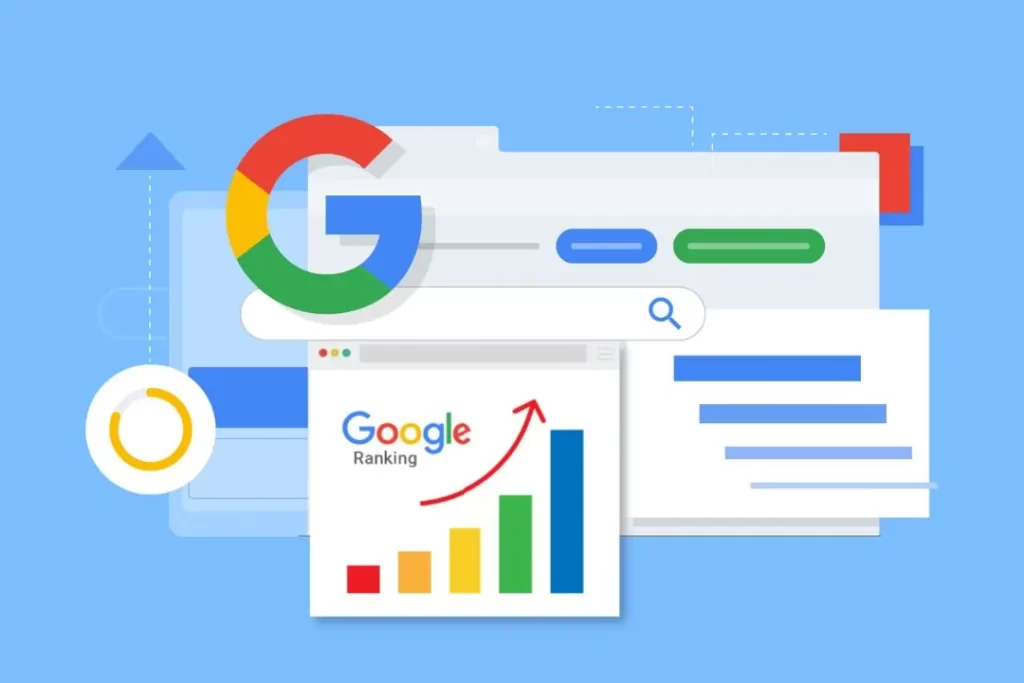
Google’s algorithms decide which type of summary snippet shows for each search result. Here are some factors at play:
- Website Relevance – Website descriptions tend to show searches highly relevant to your site’s content.
- Listing Completeness – Complete profiles with posted descriptions seem to be favored.
- Review Quantity – Businesses with more reviews on their listing often get review snippets.
- Search Type – Local searches often show posted or review snippets. Informational queries can trigger website ones.
- Device – Mobile searches may favor shorter posted or review snippets.
- Freshness – Recently updated summaries can be ranked higher by Google.
- Search Location – Localized summaries tend to rank for searches within the target region.
Because Google’s systems are complex and constantly evolving, there is some unpredictability which the summary will show. However, optimizing all three types on an ongoing basis is a best practice.
GMB Summary Display Options

Google My Business lets you configure how your posted description and customer reviews appear on Maps. Under profile settings, you can:
- Disable – Completely hide your posted description and reviews.
- Display – Show full posted description and review content.
- Snippets Only – Only display snippet excerpts from your description and reviews.
Consider your options carefully. While disabling could hide negative reviews, it prevents you from showcasing your best content. Displaying full posting allows you to tell your story, but opens you to risk of bad reviews. Snippets offer a balance – you get exposure from reviews and descriptions without the full content. Test to see which option optimizes your local SEO and conversions the best.
Advanced Optimization Tips and Tricks

- Update Listings Across Sites – Keep NAP (name, address, phone) consistent everywhere like Yelp to improve local SEO.
- Encourage Reviews – Positive reviews help counterbalance any negative ones. Offer incentives for customers to review you.
- Claim Listings – Use Google My Business to claim and manage listings on Google Maps, Search, YouTube, and more.
- Add Photos and Videos – Helpful visual content can enhance your summaries and listings. Show customers your business!
- Monitor Insights – Use the Google My Business insights dashboard to track clicks, calls, directions, etc from your listing and summary.
- Try Google Posts – Posts let you share events, offers, updates, and more right on your listing.
- Fix Issues – Stay on top of moderation alerts, restrictions, or sudden drops in views or clicks that could indicate problems.
Also Read – LinkedIn Pulse Comprehensive Guide
Common Questions About Business Summaries
Conclusion
Your Google Maps summaries have a big influence on whether potential customers engage with your business listing or pass it by. By crafting optimized website descriptions, posting snippets, and curating review excerpts, local businesses can stand out on Google Maps and drive more conversions. Pay attention to each element – when all three work together, they become a compelling part of your local search strategy.

